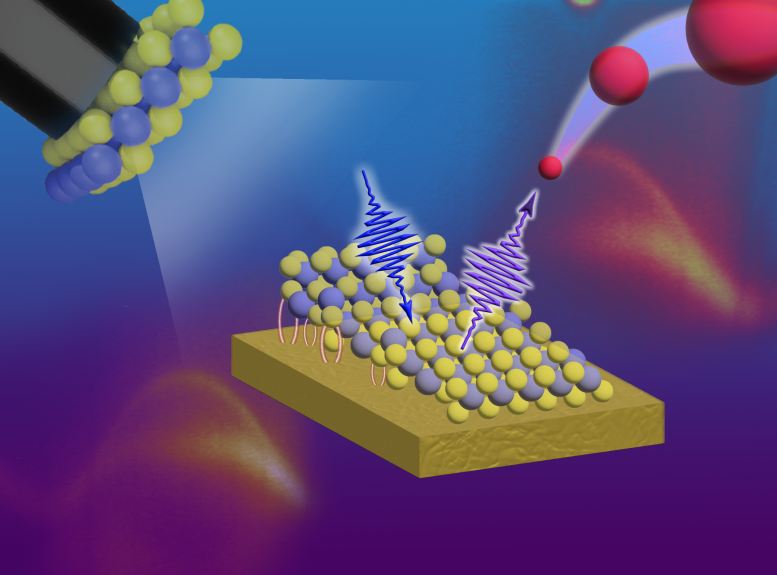
Artistic depiction of KISS exfoliation and photoemission experiment. 2D material is separated from the parent crystal due to stronger interaction with the substrate. UV light is used to photo-emit electrons allowing studies of the electronic structure by direct imaging of the electronic bands, as seen in the background. Credit: Antonija Grubišić-Čabo and Dina Maniar, University of Groningen
Nearly two decades have passed since the advent of graphene, the two-dimensional variant of graphite, which has significantly amplified interest in 2D materials due to their unique physical attributes. The initial production of graphene famously involved using adhesive tape to peel layers off bulk graphite — and although this method won the Nobel Prize, it has drawbacks.
Now, an international consortium of surface scientists has developed a straightforward method for creating large and remarkably pure 2D samples from an assortment of materials, employing three distinct substrates. Their technique, named Kinetic In Situ Single-layer Synthesis (KISS), was recently detailed in the journal Advanced Science.
2D materials have physical properties that are not shared by bulk material. The confinement of charge carriers is one reason for this. There are two ways to produce these 2D materials: exfoliating a larger crystal or growing a 2D layer. Exfoliation means peeling off layers from a larger crystal until you are left with just one layer. “This process is time-consuming and requires specific skills and equipment,” says Antonija Grubišić-Čabo, a surface scientist at the University of Groningen (the Netherlands) and first author of the Advanced Science paper. “Furthermore, it often results in very small flakes, while the adhesive tape that is used can leave polymers on their surfaces.”
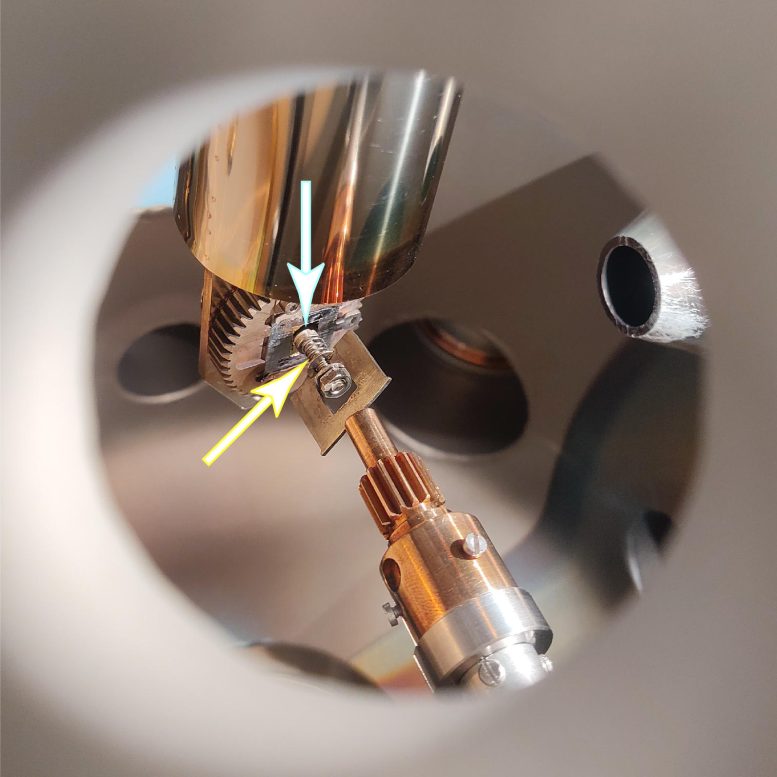
This image shows the setup for kinetic in situ single-layer synthesis (KISS). The bulk material is placed on a sample holder with a spring to regulate the impact (yellow arrow). It is then pressed against the gold crystal (the slightly brighter ring below the blue arrow). After release, a 2D layer will be attached to the gold substrate. Credit: Antonija Grubišić-Čabo, University of Groningen
Gold
Growing 2D films is another approach. This allows the production of large samples under controlled conditions. ‘However, it often takes a lot of time to work out how to grow such 2D materials. And the process doesn’t always result in a perfect layer,’ says Grubišić-Čabo. Together with last author Maciej Dendzik, she assembled a ‘dream team’ of colleagues, many of whom had previously worked together at Aarhus University (Denmark) as Ph.D. students, to develop a simple technique for the production of 2D materials.
“We knew of some experiments in which gold films were used to exfoliate bulk material. But these were mainly performed in air which means that this technique is not very suitable for air-sensitive materials, or for surface science research.” The team wanted a technique that would allow the production of air-sensitive 2D materials on a range of substrates. In their first attempt, they used a gold crystal in a high vacuum chamber. “We basically slammed the crystal on bulk material and discovered that a nice 2D layer stuck to the gold.” Why this happens is not yet clear, but the team suspects that the bond with the gold is stronger than the Van der Waals force that keeps the layers in the bulk crystal together.
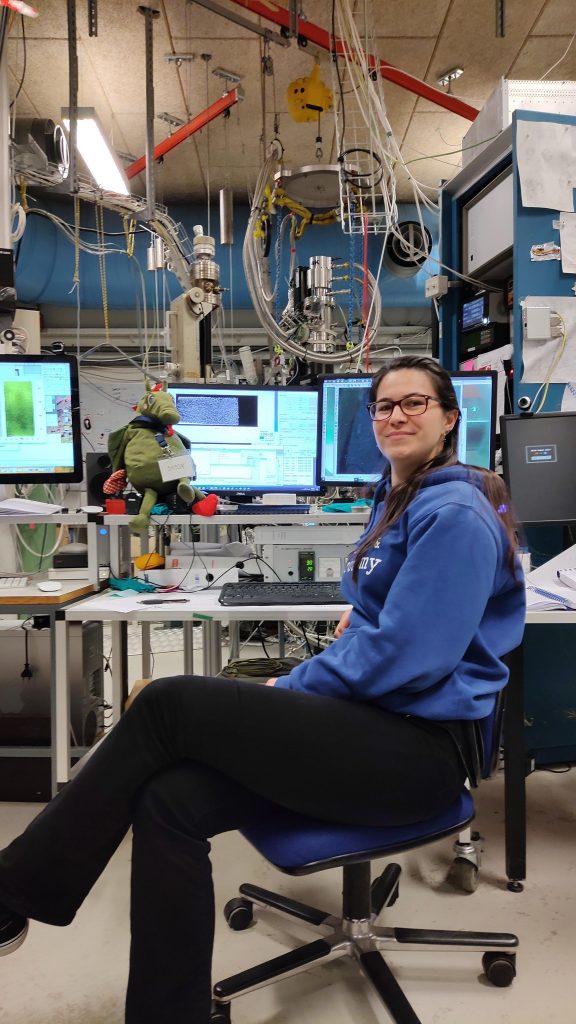
This is Dr. Antonija Grubišić-Čabo, a surface scientist at the University of Groningen (the Netherlands) and first author of the Advanced Science paper. Credit: University of Groningen
Devices
They have built on this first experiment, adding a spring to the stage with the bulk material which acts as a shock absorber and thus allows better control of the impact of the gold crystal. Furthermore, the team showed that both silver and the semiconductor germanium could be used as a substrate to peel off 2D materials. “Gold crystals are a standard feature in surface science labs, where they are used in the calibration of instruments, for example. Scientists don’t like to damage these crystals, but that didn’t happen in these experiments,” says Grubišić-Čabo. “And we have since changed the protocol to use single crystal gold thin films. This has the added advantage of being able to dissolve the gold so that we can isolate the 2D sample, as long as it is stable in air or liquid.”
These isolated samples may be used for the next stage: building devices from the 2D materials that will be produced using the KISS technique. “This is not yet possible, but we are working on it,” says Grubišić-Čabo. “So, what we do have is a technique to produce very clean, large 2D samples in a very simple way, which allows us to create air-sensitive 2D materials. Furthermore, our technique uses standard equipment that is present in virtually every surface science laboratory.”
Reference: “In Situ Exfoliation Method of Large-Area 2D Materials” by Antonija Grubišić-Čabo, Matteo Michiardi, Charlotte E. Sanders, Marco Bianchi, Davide Curcio, Dibya Phuyal, Magnus H. Berntsen, Qinda Guo and Maciej Dendzik, 26 May 2023, Advanced Science.
DOI: 10.1002/advs.202301243

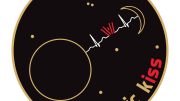
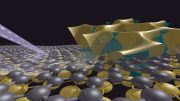
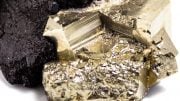
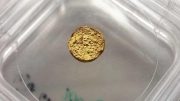
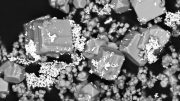
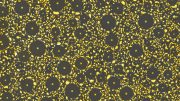
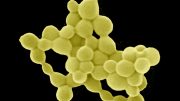

Be the first to comment on "KISS: A New Way To Easily Produce Large, Clean 2D Materials"